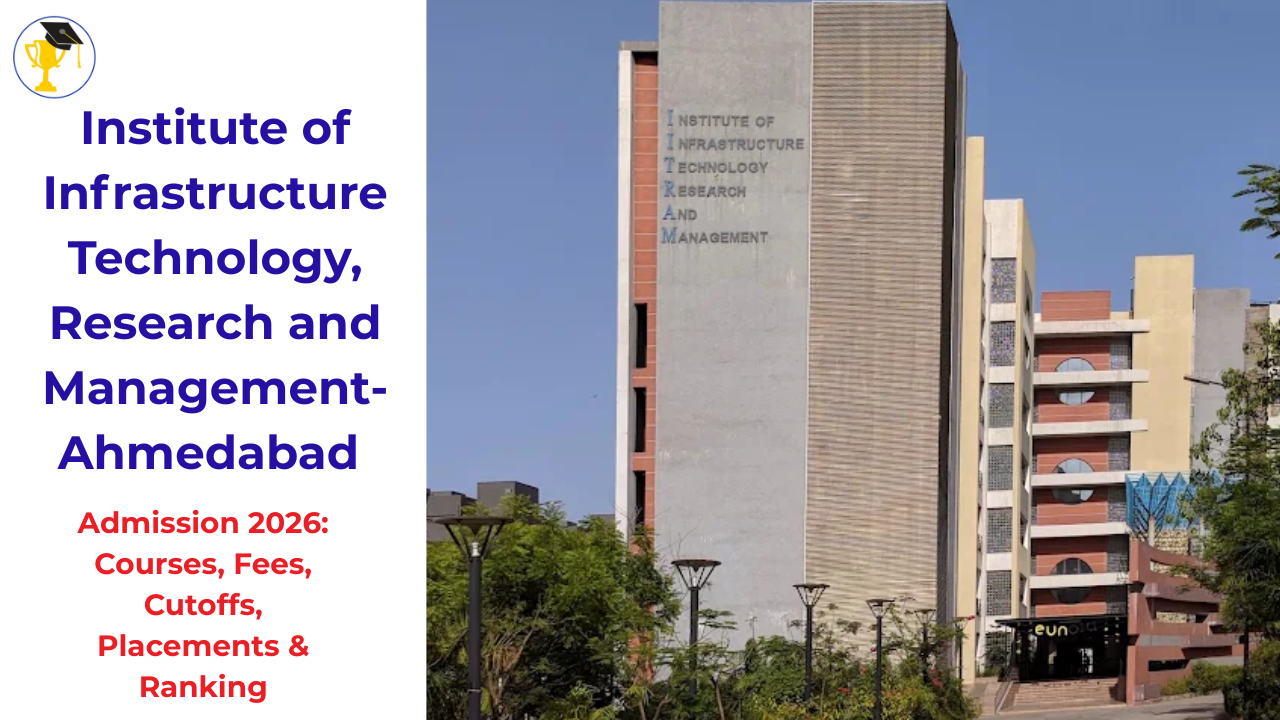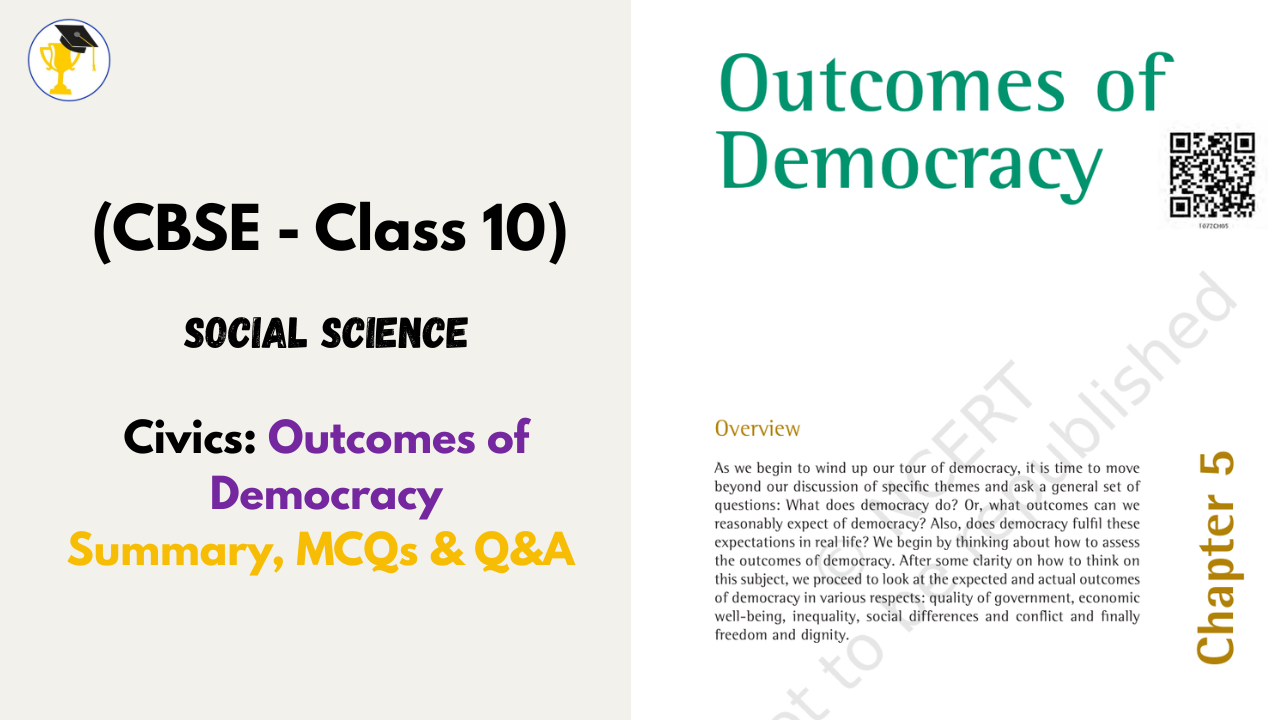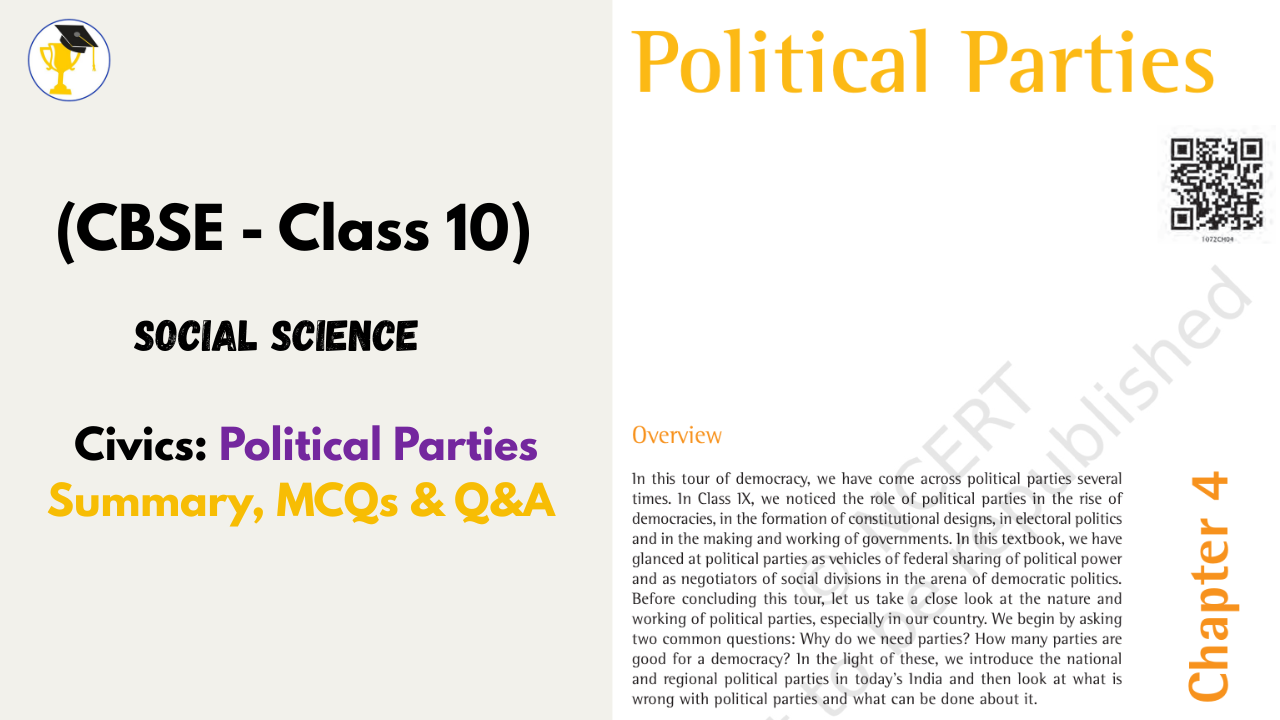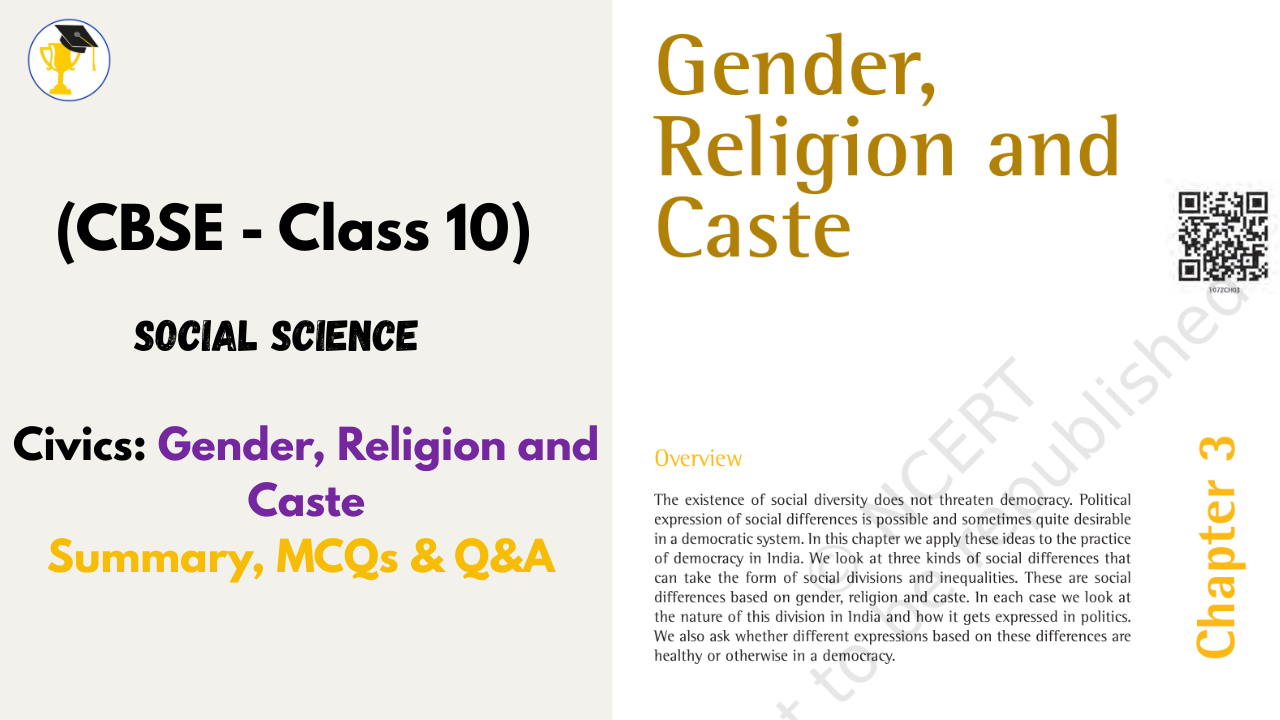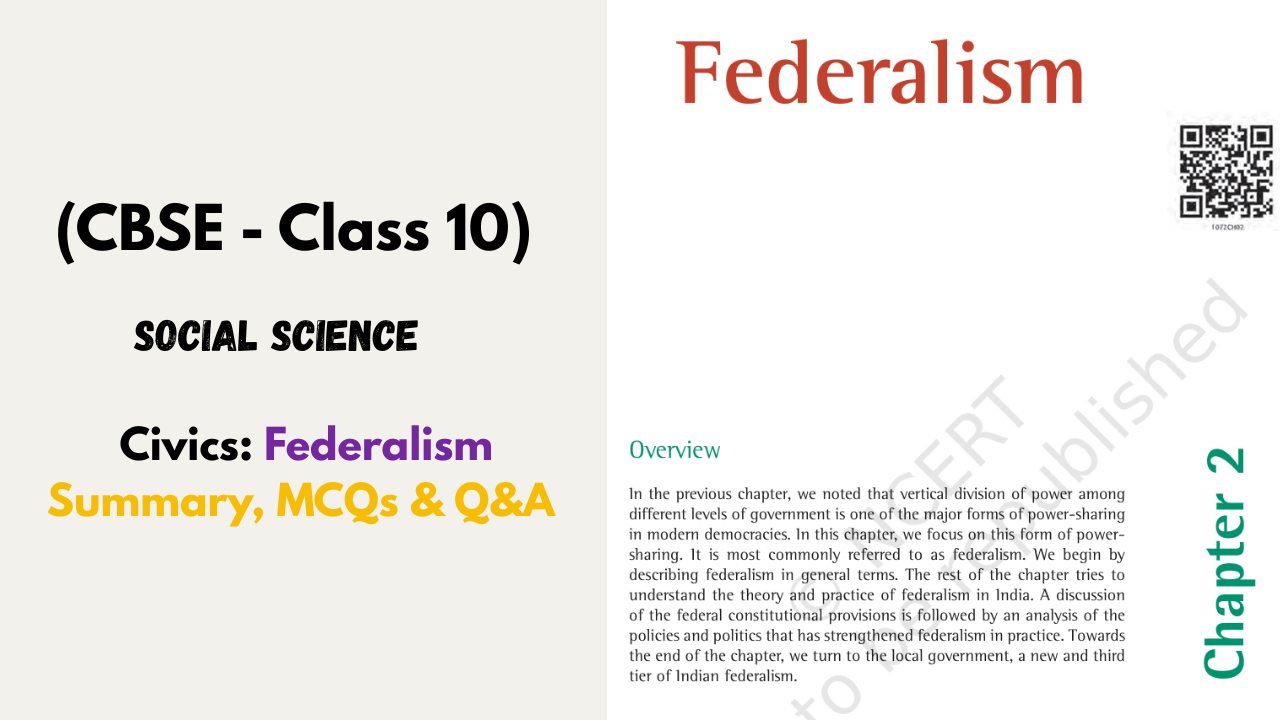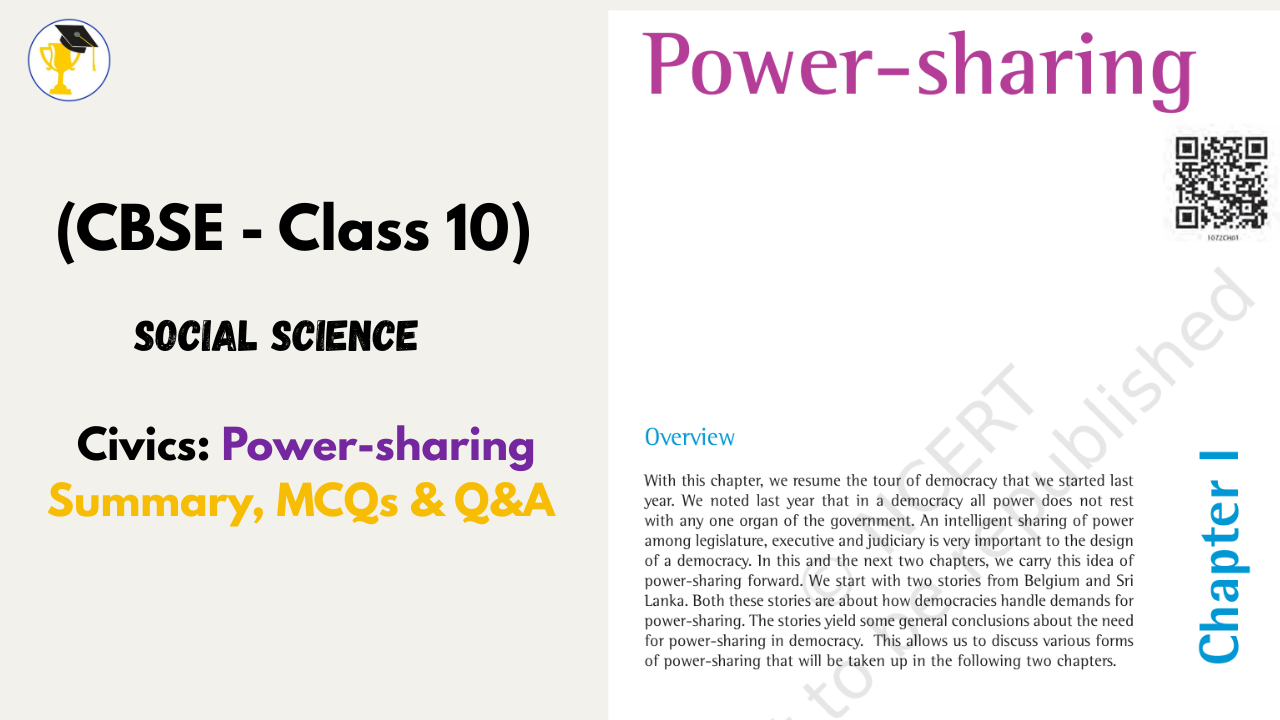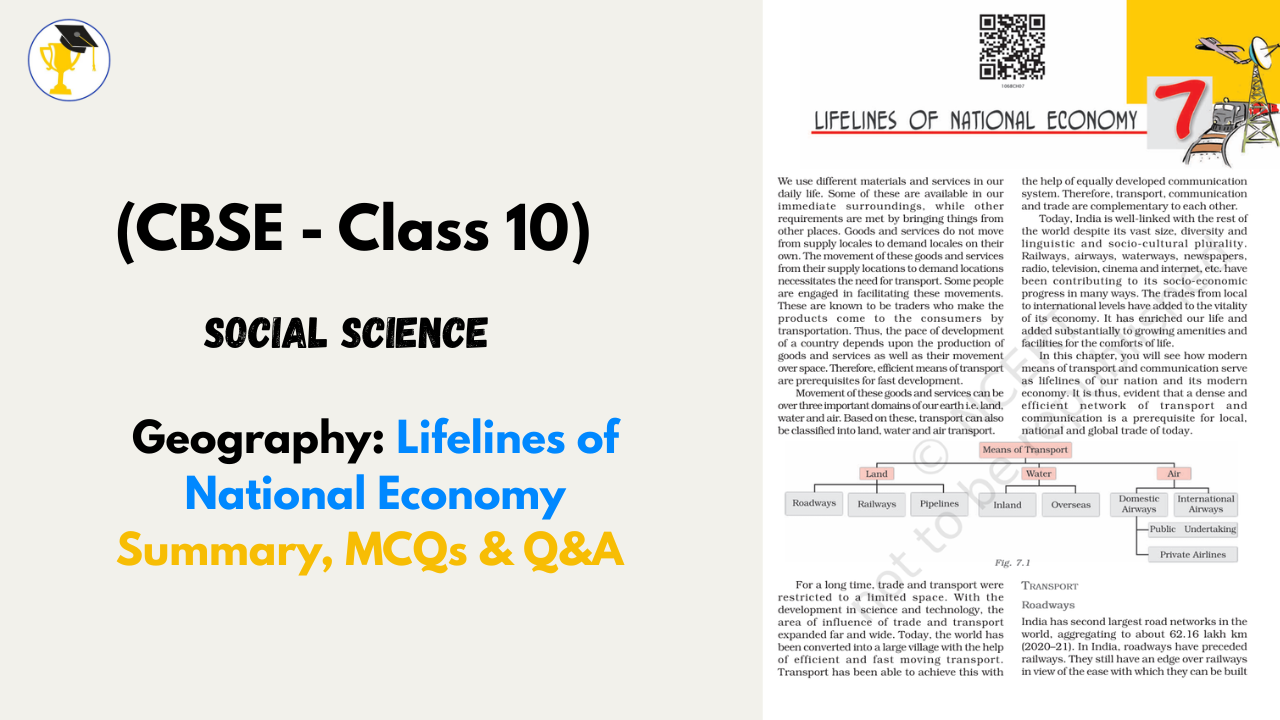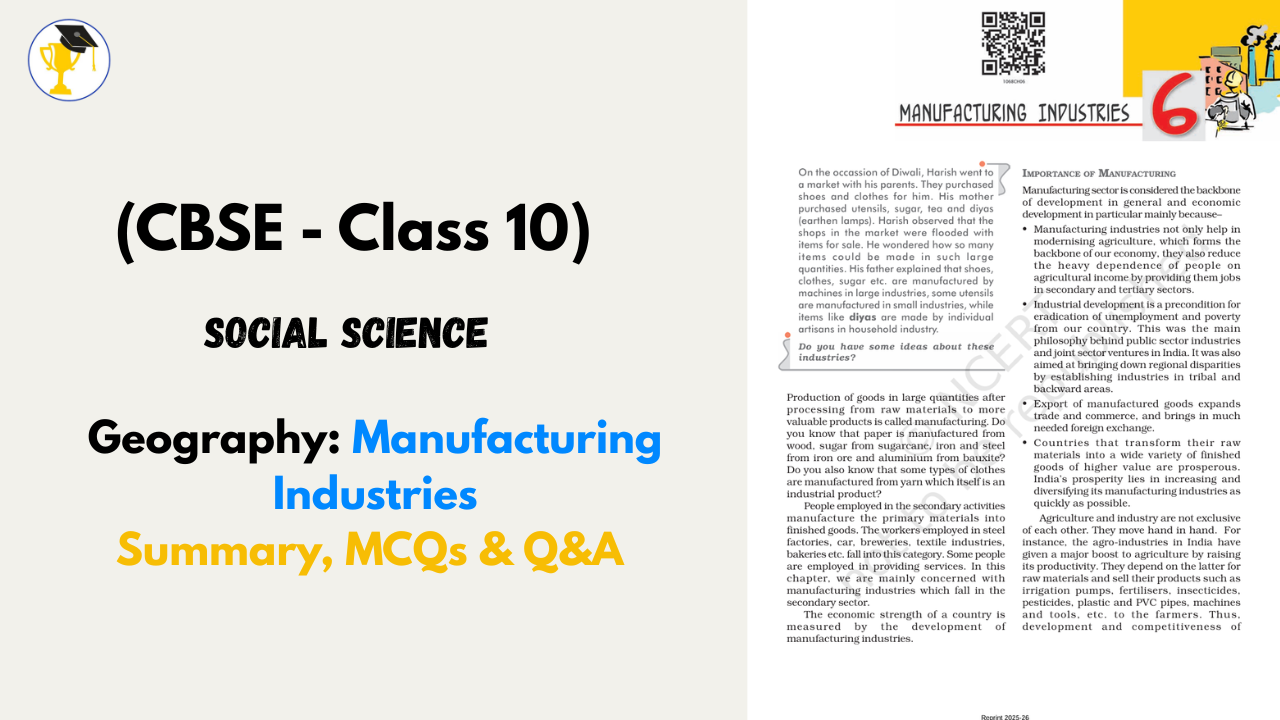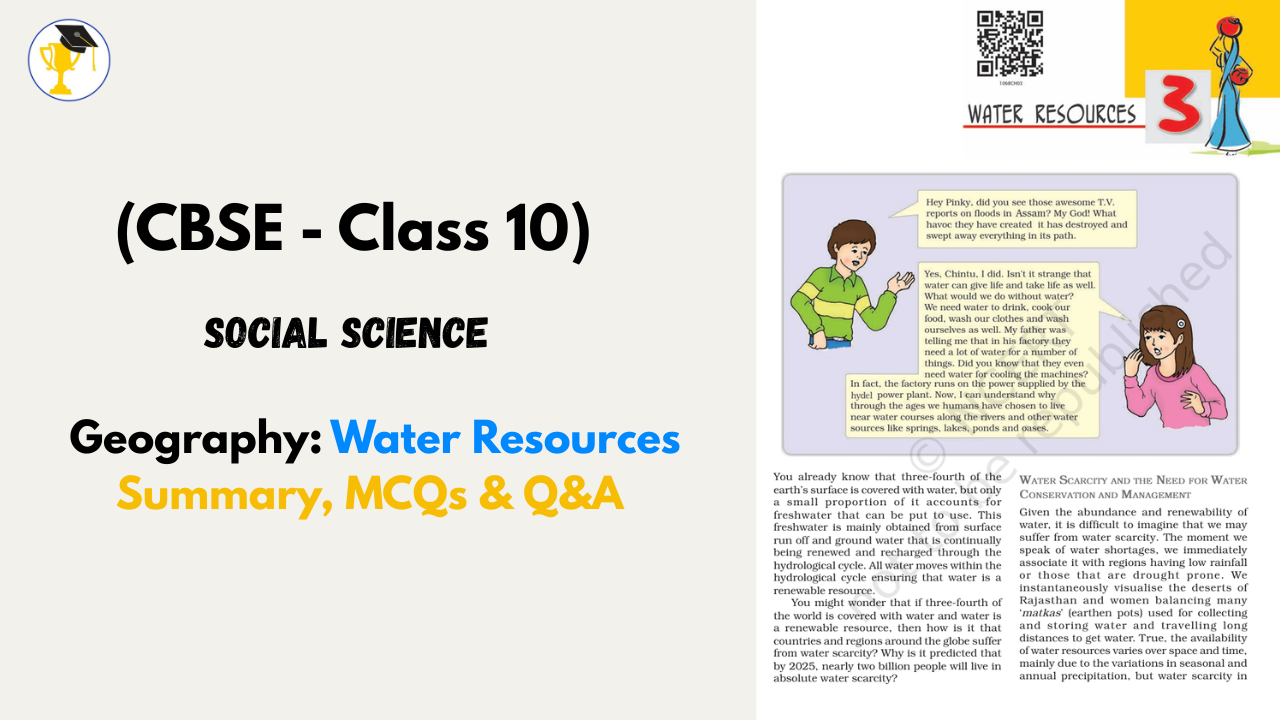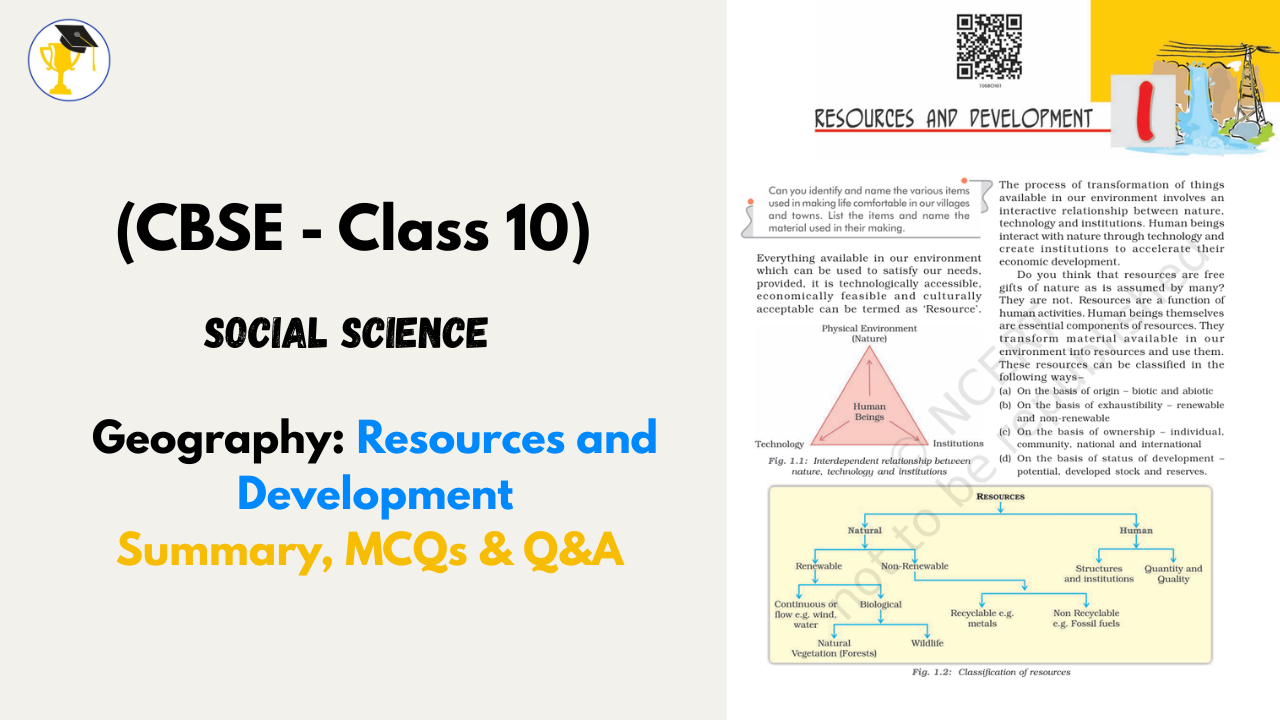NEET Performance Analysis (2021–2025)
From 2019 to 2025, NEET witnessed a remarkable evolution in scale, competition, and scoring trends. Candidate registrations grew from 15.19 lakh in 2019 to a record 24.06 lakh in 2024, before dipping slightly in 2025. Cut-offs for the UR/EWS category fluctuated significantly — from 701–134 in 2019 to a peak lower limit of 162 marks in 2024, then dropping to 144 in 2025, reflecting a tougher paper and tighter evaluation. Top scores also shifted: multiple perfect 720s were common between 2019 and 2024 (with notable controversies in 2024 leading to court-ordered re-revised results), but 2025 marked a reset with no perfect scores and AIR-1 Mahesh Kumar of Rajasthan securing 686. Overall, NEET’s recent trajectory shows growing participation, shifting difficulty levels, and heightened scrutiny, making consistency and accuracy more critical than ever for aspirants.
NEET Performance Analysis (2021–2025)
| Year |
Registered |
Appeared |
Qualified |
Quick take |
| 2021 |
16,14,777 |
15,44,275 |
8,70,074 |
Post-pandemic normalization; participation rebounded. |
| 2022 |
18,72,343 |
17,64,571 |
9,93,069 |
Big jump in test-takers; qualified crossed 9.9 lakh. |
| 2023 |
20,87,462 |
20,38,596 |
11,45,976 |
First time 20L+ appeared; >11L qualified. |
| 2024 |
24,06,079 |
23,33,162 |
13,15,853 |
Record scale; later re-revised results after SC directions. |
| 2025 |
22,76,069 |
22,09,318 |
12,36,531 |
Slight contraction from 2024 peak; difficulty appeared higher. |
Cut-off + topper score table for NEET 2019–2025
| Year |
UR/EWS Cut-off Marks
(50th Percentile) |
Top Score |
Topper(s) & State(s) |
| 2019 |
701–134 |
701 |
Nalin Khandelwal (Rajasthan) |
| 2020 |
720–147 |
720 |
Soyeb Aftab (Odisha) & Akansha Singh (Delhi) |
| 2021 |
720–138 |
720 |
Mrinal Kutteri (Telangana), Tanmay Gupta (Delhi), Karthika G. Nair (Maharashtra) |
| 2022 |
715–117 |
715 |
Tanishka (Rajasthan) |
| 2023 |
720–137 |
720 |
Prabhanjan J. (Tamil Nadu) & Bora Varun Chakravarthi (Andhra Pradesh) |
| 2024 |
720–162 |
720 |
Multiple toppers |
| 2025 |
686–144 |
686 |
Mahesh Kumar (Rajasthan) |
Toppers & score profile
-
2021–2023: Top scores clustered at 715–720, with occasional perfects.
-
2024: An unusually high count of 720/720 triggered scrutiny; NTA issued clarifications and later re-revised scores per Supreme Court directions.
-
2025: No perfect scores; AIR-1 scored 686 (Mahesh Kumar, Rajasthan). Cut-offs dipped versus 2024.
Participation & diversity
-
Female participation continued to edge ahead of male participation each year (e.g., 2024: ~13.37L female vs ~9.98L male appeared).
-
State footprint broadened steadily with 571 cities & 4750 centers in 2024 and similar overseas centers in 2025, underscoring scale.
What changed between 2024 and 2025?
-
Scale vs. stringency: Candidates dropped from ~24.06L registered (2024) to ~22.76L (2025), and top scores fell—no 720s in 2025; top at 686.
-
Cut-off relief: Minimum qualifying marks for UR/EWS moved from 162 (2024) to 144 (2025)—a relative relief for borderline candidates.
-
Governance after 2024 scrutiny: NTA issued multiple notices, center-wise result disclosures, and a re-revised scorecard in July 2024, aiming to restore confidence.
Strategy takeaways for aspirants
-
Aim for buffer above the 50th percentile floor. With 2025’s UR/EWS minimum at 144, targeting ~170–180+ provides cushion against yearly difficulty swings. (Trend from NTA cut-off bands.)
-
Master NCERT, then raise ceiling with mixed-difficulty mocks. 2025’s score compression at the top rewards accuracy over aggression. (Top score 686 vs frequent 715–720 earlier.)
-
Time management > guesswork. Post-2024, evaluation tightness and re-checks mean careless errors are costlier; practice full-lengths with strict OMR workflows. (NTA’s emphasis on fairness & process.)
-
Track official notices only. In a dynamic environment (re-exams, re-revisions), use NTA PDFs over social media snippets.
Preparation Tips for NEET 2026
⇒Start Early, Finish Syllabus by January
-
NEET is syllabus-heavy — aim to complete NCERT for Physics, Chemistry, and Biology by January 2026.
-
Use the last 3–4 months for intense revision, mock tests, and error correction.
⇒Master NCERT First, Then Advance
-
Biology: Every line of NCERT Class 11 & 12 is important — at least 70% of NEET Bio questions are direct or NCERT-based.
-
Chemistry: NCERT Inorganic = must-memorize, Organic = practice reaction mechanisms, Physical = formula mastery.
-
Physics: NCERT basics first, then reference books for problem-solving (H.C. Verma, D.C. Pandey).
⇒Focus on Accuracy Over Guesswork
⇒Analyze Trends in Cut-offs
-
UR/EWS cut-off ranged from 162 (2024) to 144 (2025) in recent years — aim for 170–180+ to stay safe regardless of difficulty shifts.
-
Remember: your goal is a comfortable margin above the 50th percentile.
⇒Simulate Exam Conditions
⇒Prioritize Weak Areas Without Neglecting Strengths
⇒Time Management Hacks
-
Target ~50–55 min per subject in the actual exam.
-
Start with your strongest subject for confidence, but ensure you leave buffer time for tricky questions.
⇒Stay Updated with Official NTA Notifications
-
After the 2024 controversy, transparency measures have increased — only trust NTA press releases for exam dates, syllabus updates, and pattern changes.
⇒Stay Consistent, Avoid Burnout
⇒Revision Formula: 3-2-1
-
3 months before: Full syllabus revision + mocks twice a week.
-
2 months before: Daily chapter-wise revision + topic-specific questions.
-
1 month before: Only mock tests, error analysis, and high-yield topics.
Tip: Based on the 2025 difficulty rise, NEET 2026 could swing either way — easier paper (raising cut-offs) or equally tough (compressed scores). Prepare for both scenarios by mastering fundamentals and training for speed + accuracy.
FAQs – NEET Trends (Last 5 Years)
1. How many students appeared for NEET in the last five years?
From 2021 to 2025, the number of candidates rose sharply — from 15.44 lakh in 2021 to a peak of 23.33 lakh in 2024, before slightly dipping to 22.09 lakh in 2025.
2. Has the NEET cut-off increased or decreased over the years?
It has fluctuated. For UR/EWS (50th percentile), the lower cut-off went from 138 in 2021 to a high of 162 in 2024, then dropped to 144 in 2025 due to a tougher paper.
3. What was the highest NEET score in the last five years?
-
2021: 720 (perfect score)
-
2022: 715
-
2023: 720 (perfect score)
-
2024: 720 (perfect score; multiple toppers)
-
2025: 686 (no perfect score)
4. Which year had the most perfect scores?
2024 had an unusually high number of perfect 720s, which led to controversy, court intervention, and re-revised results.
5. Why did the NEET 2025 top score drop to 686?
The 2025 paper was considered more difficult, with a stricter evaluation, reducing the chances of extremely high scores.
6. Did female participation increase in NEET?
Yes. Over the years, female candidates have slightly outnumbered male candidates, with the gap widening gradually.
7. Which year had the toughest NEET paper recently?
Based on score compression and lower top scores, NEET 2025 is widely considered the toughest in the last five years.
 STUDY MATERIALS
STUDY MATERIALS
 ONLINE COURSES
ONLINE COURSES
 MORE
MORE






